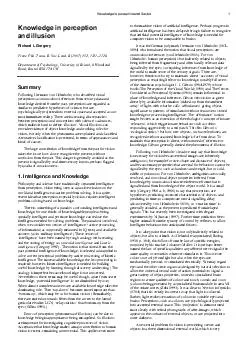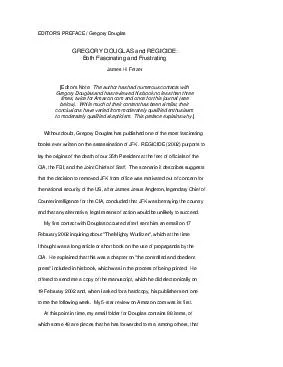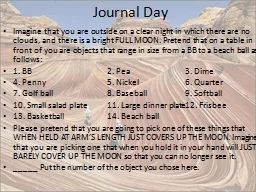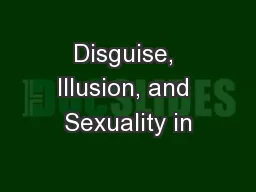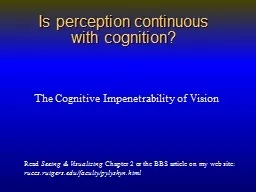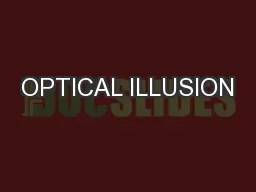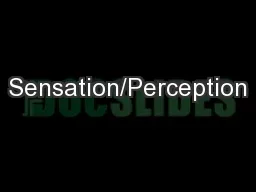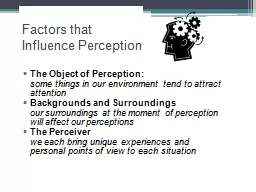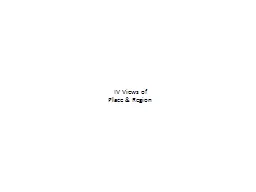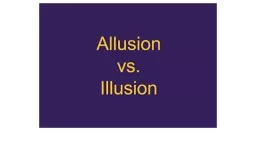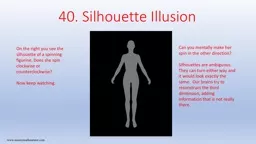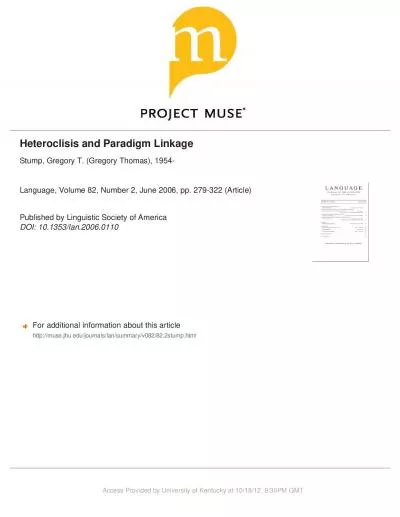PDF-Knowledge in perception and illusion Knowledge in perception and illusion Richard L Gregory
Author : tawny-fly | Published Date : 2014-12-16
Trans R Soc Lond B 1997 352 11211128 Department of Psychology University of Bristol 8 Woodland Road Bristol BS8 1TA UK Summary Following Hermann von Helmholtz who
Presentation Embed Code
Download Presentation
Download Presentation The PPT/PDF document "Knowledge in perception and illusion Kn..." is the property of its rightful owner. Permission is granted to download and print the materials on this website for personal, non-commercial use only, and to display it on your personal computer provided you do not modify the materials and that you retain all copyright notices contained in the materials. By downloading content from our website, you accept the terms of this agreement.
Knowledge in perception and illusion Knowledge in perception and illusion Richard L Gregory: Transcript
Download Rules Of Document
"Knowledge in perception and illusion Knowledge in perception and illusion Richard L Gregory"The content belongs to its owner. You may download and print it for personal use, without modification, and keep all copyright notices. By downloading, you agree to these terms.
Related Documents

